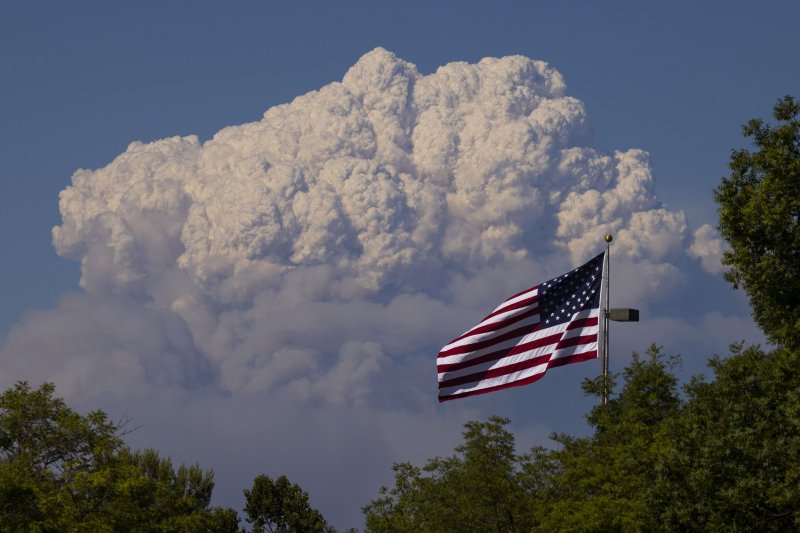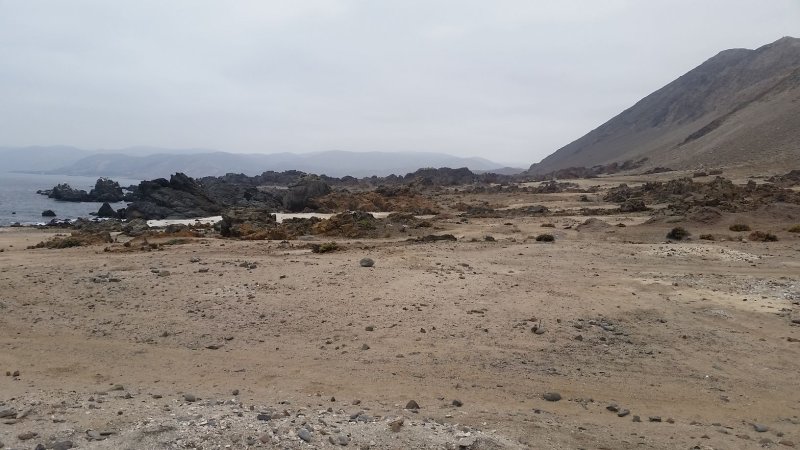Study: Antidepressants may not improve overall well-being in depressed people

April 20 (UPI) -- People who use drugs intended to treat depression long-term do not see improvements in their overall physical and mental well-being compared with those who avoid taking antidepressants, a study published Wednesday found.
Participants with depression treated with prescription drugs had similar scores on the short-form health survey to those not on the drugs, both at the start of the study and up to two years later, data published Wednesday by PLOS One showed.
At the beginning of the study, the more than 10 million people treated with antidepressants included had average scores of 41 on the mental component and 44 on the physical component, the researchers said.
After two years of treatment, their average scores were 42 and 43, respectively, according to the researchers.
For the 7.5 million people with depression in the study who did not receive prescription drugs for the disorder, average scores on the mental and physical components were 43 and 46, the data showed.
After two years, their scores were 45 in both components, the researchers said.
"We found the change in the health-related quality of life to be comparable or similar between patients that used antidepressant medications and those who did not use them," study co-author Omar A. Almohammed told UPI in an email.
"However, we are not saying that [these drugs are] not helpful at all -- [this measure] is only one of many measures intended to assess health outcomes," said Almohammed, an assistant professor of clinical pharmacy at King Saud University in Riyadh, Saudi Arabia.
About 21 million adults in the United States have had at least one episode of major depressive disorder, or depression, in their lives, the National Institute of Mental Health estimates.
Depression is a mood disorder that causes feelings of sadness that persist for two or more weeks, affecting a person's ability to manage daily activities, according to the institute.
For this study, Almohammed and his colleagues reviewed data on short-form health survey scores for 17.5 million adults in the United States diagnosed with, and treated for, depression between 2005 and 2015.
The components of the short-form health survey that assess mental health and physical health, respectively, as well as health-related quality of life, are scored on a 0-to-100 scale, according to the researchers.
On average, adults in the United States typically score about 50 on each component, the researchers said.
More than 10 million of the included patients were treated with prescription antidepressant drugs, while the rest received other care, including counseling.
Based on the average scores among both sets of participants, the change in quality of life seen among those on antidepressants over two years was not significantly different from those not taking the drugs, according to the researchers.
However, the researchers caution against people with depression discontinuing their medications based on these findings, they said.
"We still recommend that they continue using their antidepressant medications, but they may want to ask their healthcare providers to provide them with other [options]," Almohammed said.
"These patients may have had some improvement on other clinical outcome measures" as a result of prescription drug treatment, he said.







